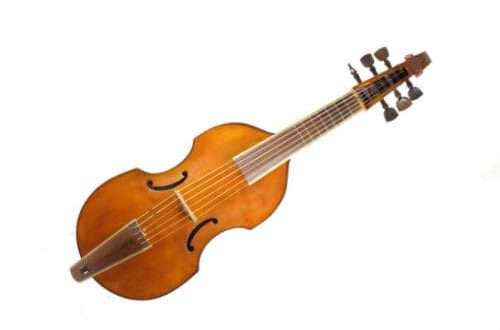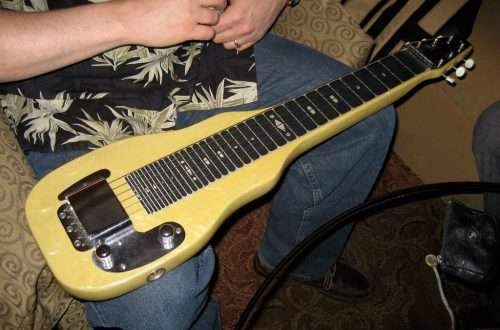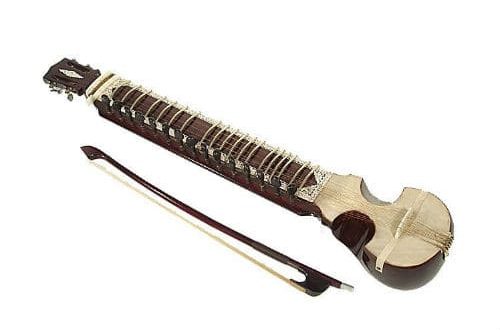
Erhu: tool description, composition, history, application
In Chinese culture, the erhu is considered the most sophisticated instrument, the melodies of which are capable of conveying deep emotions, the most touching and tender emotional experiences.
The Chinese violin has an ancient origin, the history of its occurrence has more than a thousand years. Today, erhu music sounds not only in national groups, but is also approaching the European academic tradition, becoming popular in different countries of the world.
What is erhu
The instrument belongs to the string bow group. It has only two strings. The sound range is three octaves. The timbre is close to falsetto singing. The Chinese erhu violin is distinguished by its expressive sound; in the modern national orchestra of the Celestial Empire, it follows the raohu in pitch. The bow works between two strings, forming a single whole with the instrument.

It is believed that you can start learning the Play from the age of 4.
Erhu device
This Chinese violin consists of a body and a neck along which the strings are stretched. The case is wooden, can be hexagonal or have a cylindrical shape. It performs a resonating function, is supplied with a snakeskin membrane. The cylindrical resonator is made of precious wood species. The length of the instrument is 81 cm, the old specimens were smaller. At the end of the neck, made of bamboo, there is a bent head with two stitched pegs.
The non-standard arrangement of the bow between the strings is a distinctive feature of the Chinese erhu instrument. To avoid the rattling sound that appears over time, it is necessary to rub the bow with rosin. But this is not easy to do due to the complex design. The Chinese have invented their own method for caring for the violin. They drip rosin melted to a liquid state and rub the bow, touching it to the resonator.
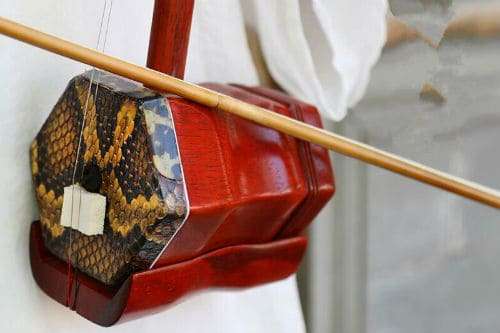
History
During the reign of the Tang Dynasty in China, the heyday of culture begins. One of the main directions in popularization is musical. During these times, close attention was paid to the erhu. Although in the countryside they learned to play the instrument that the nomads brought to the Celestial Empire much earlier. The musicians performed melancholic melodies telling about household chores, work, and events in families.
The two-string violin was most popular in the northern regions, but over time, the southern provinces also adopted the Play on it. In those days, the erhu was not considered a “serious” instrument, it was part of folk ensembles. About a hundred years ago, in the 20s, the Chinese composer Liu Tianhua presented solo works for this violin to the musical community.
Where to use
The stringed musical instrument erhu sounds not only in folk traditional ensembles. The last century has been marked by his orientation towards the European academic tradition. In many ways, George Gao contributed to the popularization of the Chinese violin. The performer studied in Europe for a long time to play various stringed bowed instruments and contributed to the promotion of erhu not only in China.
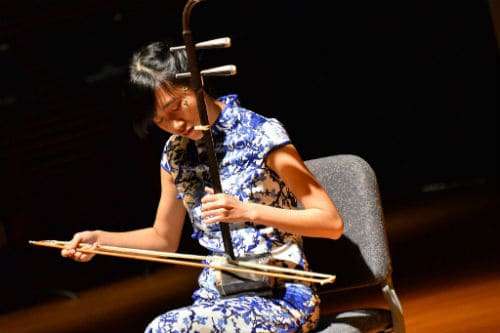
Artists of theaters in China are fluent in playing it. Melodious, melodious sound can often be heard in dramatic productions, in orchestral concerts, in solo sound. Surprisingly, the two-string violin is now also used by jazz musicians to reflect ethnic motifs. The sound of the instrument is perfectly combined with representatives of the wind family, for example, the xiao flute.
How to play erhu
Music making involves the use of a special technique. While playing the violin, the musician places it vertically, leaning on his knee. The fingers of the left hand press the strings, but do not press them against the neck. Performers use the technique of “transverse vibratto” when the string is pressed down.
Music in China is no less ancient than civilization itself. Initially, it was intended not for entertainment and amusement, but for the purification of thoughts, the opportunity to immerse yourself in yourself. Erhu with its melodic melodiousness and melancholic sound is just the instrument that allows you to immerse yourself in yourself, feel the power of the Universe, and feel harmony.



